
Now that Covid-19 vaccines are currently rolling out, there have been optimistic conversations circulating of how we are able to resume our lives as we left off pre-pandemic. Although many of us may welcome such a return, there have definitely been changes made over the past year to ourselves which, in one way or another, have been beneficial to our well-being and relationships – such as prioritising our health by working out diligently at home, creating new family traditions, making time to foster our passion, and learning new skills which we are currently implementing in our lives. The lockdowns and pandemic restrictions have also forced many people to start new routines that revolved around their homes, as work commutes disappeared for many, fitness classes were cancelled, and homes have become more than a home to be converted into extended classrooms and workplaces.
That said, with home as the only quarters during the period where schools were forced to close and commuting to work is not an option, it’s inevitable that electricity consumption would drastically increase. While commercial and industrial electricity users saw a decline in electricity consumption, residential users instead saw an increase in consumption as lives shifted from offices to homes. Based on calculations, appliances such as water heater, air conditioner, microwave, oven, induction cooker, washing machine and dryer as well as lighting make up a huge portion of a home’s energy usage. Additionally, being connected to the Internet 24/7 further swells the bill. The Internet and unplugged wires have also contributed one way or another into the increase in electricity bill. But how many users take note of how much electricity those items consume?
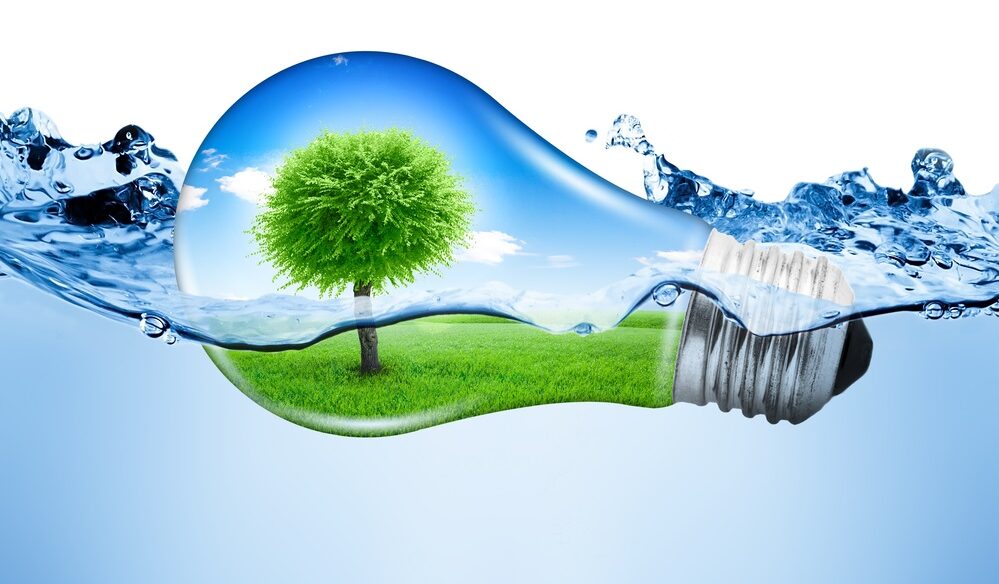
Apart from that, majority of us also came across multiple rounds of water disruptions in Klang Valley area due to deliberate pollutants caused by third parties and many other issues – often leaving millions of households high and dry for several days to even a week with notice issued only at the last-minute, causing inconveniences to businesses and industries reliant on steady water supply. That said, there are a few simple yet intelligent ways for people to improve their energy and water consumption in their homes, particularly during periods of drought and peak energy demands.
Replacing the old (and outdated!) home appliances with smart “green” gadgets
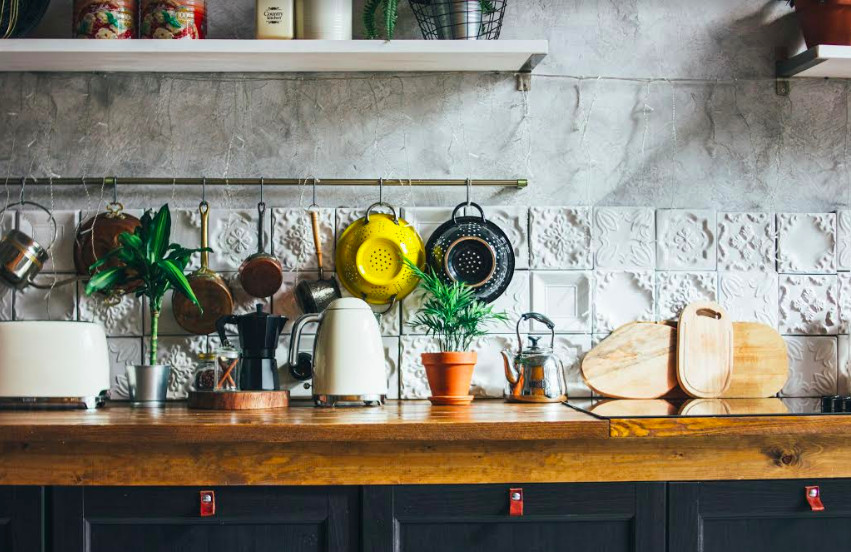
The pandemic has definitely seen a rise of home chefs with trending home-cooking recipes, where people are spending more time in their kitchen and switching on their stoves and oven more often than before. Hence, instead of keeping those old electronics, consider replacing them with smart kitchen appliances. For example, an Energy Star-certified refrigerator may be just right for homeowners as it helps to improve energy efficiency. Energy-star is a certification given to energy-saving appliances that proved they are energy efficient and consume less electricity. However, many may wonder how you can improve efficiency on a device that constantly runs – the answer is that Energy-starred refrigerators typically save you about 9% more energy than other models who are not certified.
Installing LED Lights
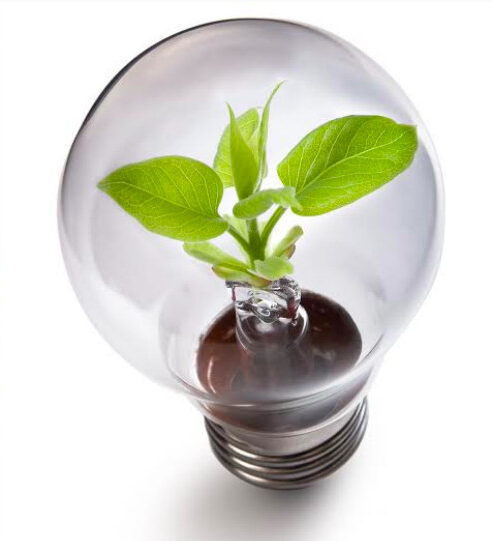
One of the best value-for-money options when making your home energy efficient is replacing your existing lights with LED bulbs. Lighting accounts for 25 percent of the average home’s energy costs, which allows energy efficient LED lights to really impact your savings. They might be slightly more expensive initially, but in the long run, LED light bulbs are a must when it comes to saving money on electricity.
Operating an efficient swimming pool pump (pool party all day long!)

The thought of Summer will always bring in images of ocean, lake, river, swimming pool or hot tub to cool off. But now that we are worrying more about germs, it is natural to wonder: Will this season’s swimming, surfing, floating, and soaking be as safe as it used to be? However, for homeowners who are deciding to switch their lifestyle by building a private pool in their backyard (if your backyard is big enough that is!) instead of sharing the pool with the public, or may already have a pool in the home, there is another concern for them to consider: choosing the right water-and energy-saving pool equipment!
A backyard swimming pool can account for 17 percent of your total electricity bill and there are some components to a pool that are notorious for running up your power bill. Because of this notion, leading one-stop solutions provider for safe and healthy water environment, Waterco Malaysia, who is also the only filtration company that is awarded the Climate Care certification, has a unique new EnviroPro range consisting of a select number of high quality, energy efficient and water saving pool equipment for pool owners looking for sustainability in the home. With the right selection being made, anyone can consider having a pool in their home without having to worry excessively about the high electricity bill and maintenance cost.
Unplug all your electricity plugs when not in use!
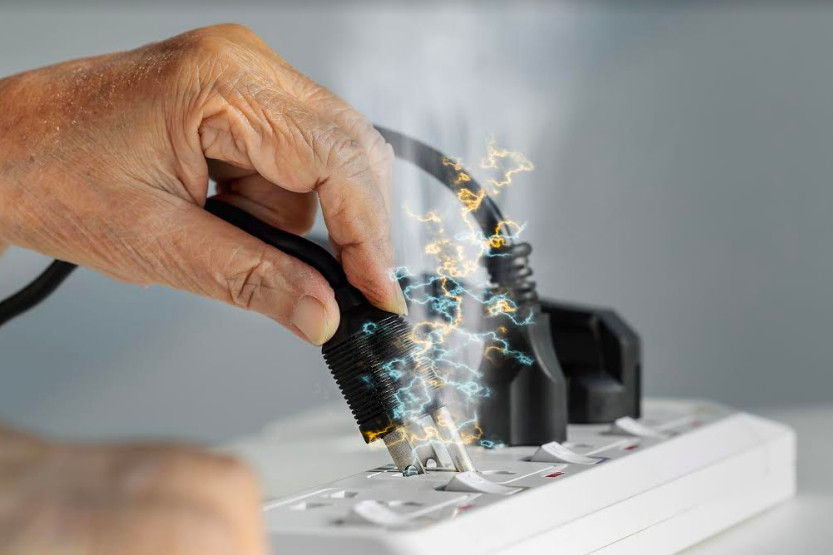
If you do not know about “energy vampires,” you should know about them now and stop them at all cost! “Energy Vampires” are appliances and electronics that draw small amounts of power 24/7, even when we’re not using them. Unplugging some of the devices can be a piece of cake, whereas for some it may be a bit more of a hassle – but do you know how much electricity those items consume if you do not unplug?
The energy costs of plugged-in appliances can really add up to your utility bills, and unplugging these devices can definitely save you lots of money! Not only it saves power consumption, but it also improves safety by preventing power surge danger in your home (especially for those who have kids in their house!).
Water-saving consumption in the house
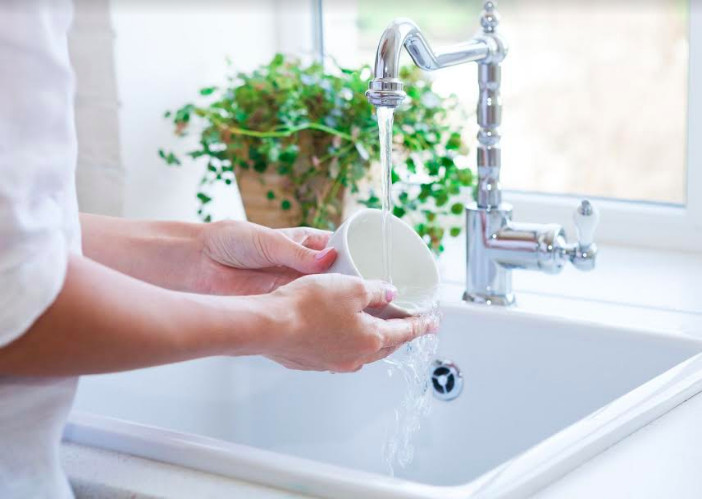
Unlike energy, water can be reused. One of the simplest ways to save water is to learn to repurpose water. Take this for example, some of us may nonchalantly rinse the water away after washing our rice (it’s that Asian culture in us!) but do you know that rice water itself can be very beneficial? Not only does it help us to be more water-wise at home but also brings us lots of advantages! You can use rice water to water your houseplants – keeping them shiny and strong thanks to the nutrients and proteins found in rice water, or, use it like how Kim Kardashian uses it: take the rice water and massage it into your hair and scalp to get that lustrous locks ala Kardashian level shine and glamour!
The shower is a place where we can clean up, cool off, wake us up, or relax after a long day. But it’s also a place where we waste a lot of water and energy! And this is where you should install a shower timer to save water and energy. A shower timer uses smart technology to measure the amount of water that each person uses in the shower, and it will warn you if you are taking too long in the shower – especially good for those who like to have deep thoughts under the shower! These devices can easily be installed onto the shower’s pipe.
By implementing some of the above in your daily lives, it may be one of the fastest, most cost-effective ways to save money, reduce greenhouse gas emissions while keeping it safe for the climate. With these simple tips and tricks, you are efficiently helping to reduce your utility bills, and yet still able to enjoy the comfort of your own home as you desire!
The post 5 Ways To Utilise & Efficiently Save Water & Energy In Your Daily Routines appeared first on Hype Malaysia.


0 Comments